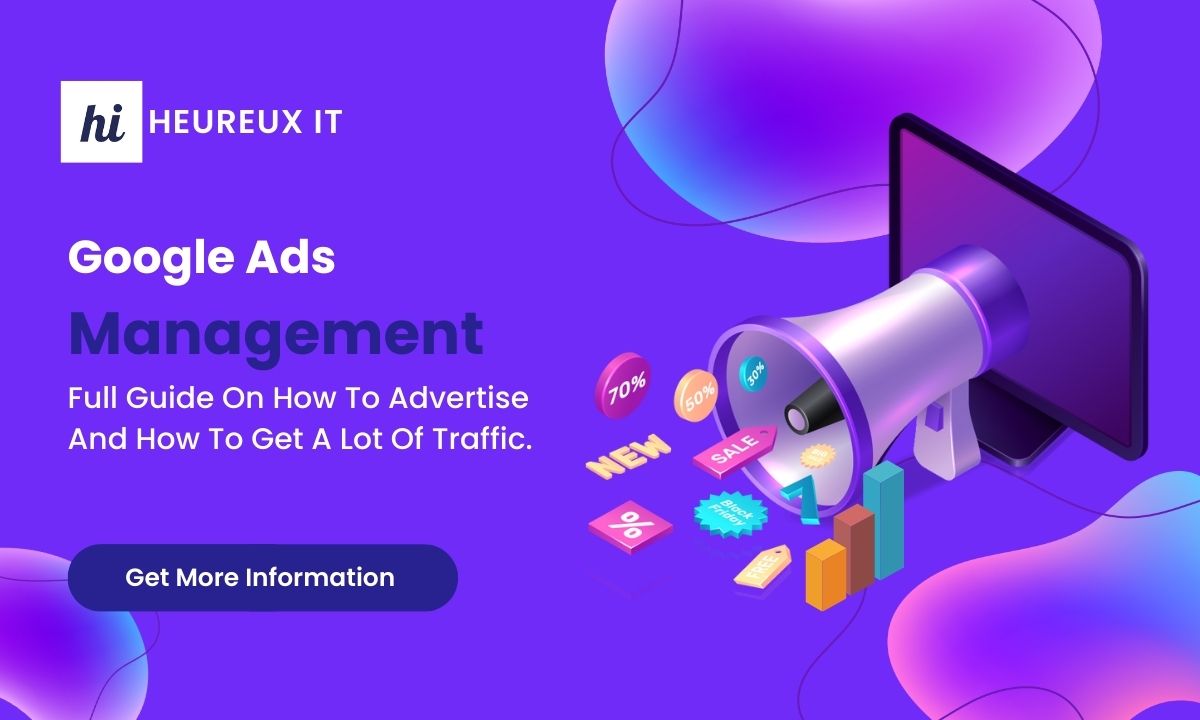In today’s digital age, It is crucial for web development. With more people accessing the internet via mobile devices, ensuring your website is mobile-friendly enhances user experience and boosts search engine rankings. This blog explores the importance of mobile optimization and provides practical tips for achieving a seamless mobile-friendly design, helping you reach a wider audience and improve your online presence.
Why Mobile Optimization Matters
The way people access the internet has dramatically shifted over the years. With the increasing use of smartphones and tablets, mobile optimization has become a critical component of web development. Mobile optimization ensures that your website is accessible and user-friendly on all devices, regardless of screen size. This is crucial for engaging users and maintaining their interest in your site. As mobile devices account for more than half of global web traffic, neglecting mobile optimization means potentially losing a significant portion of your audience.
The Impact of Mobile Optimization on SEO
Google’s mobile-first indexing means that the mobile version of your website is considered the primary version for ranking purposes. Websites that are not optimized for mobile may suffer in search rankings, reducing visibility and potential traffic. By focusing on optimization, you enhance your chances of achieving higher search engine rankings, which is essential for attracting new visitors. A mobile-friendly website improves your site’s SEO and increases its visibility across search engines.
Key Elements of Mobile Optimization
To create a mobile-friendly website, it’s essential to focus on several key elements that contribute to a seamless mobile experience:
- Responsive Design: A responsive design ensures your website automatically adjusts to different screen sizes, providing a consistent and user-friendly experience across all devices. This adaptability is crucial for maintaining user engagement and satisfaction.
- Fast Loading Times: Mobile users expect fast access to information. Optimizing images, minimizing code, and leveraging browser caching can significantly reduce loading times. A fast-loading website keeps users engaged and prevents them from leaving your site prematurely.
- Touch-Friendly Navigation: Ensure your website’s navigation is intuitive and easy to use on touchscreens. This includes designing buttons that are easy to tap and creating menus that are accessible and straightforward.
- Readable Content: Use legible fonts and appropriate text sizes to ensure that content is easily readable on smaller screens. Break up text with headings and bullet points to improve readability and keep users engaged with your content.
Benefits of Mobile Optimization
It offers several benefits that can significantly impact your website’s performance and success:
- Increased Traffic and Engagement: A mobile-friendly website attracts more visitors and keeps them engaged. By offering a seamless mobile experience, you encourage users to stay on your site longer and explore more content.
- Improved Search Engine Rankings: Google prioritizes mobile-optimized websites, meaning your site is more likely to rank higher in search results if it is mobile-friendly. This improved visibility can lead to increased organic traffic and potential conversions.
- Enhanced User Experience: A mobile-optimized website provides a positive user experience, reducing bounce rates and increasing user engagement. Users are more likely to return to a website that offers a seamless and enjoyable mobile experience.
How to Achieve Mobile Optimization
Achieving optimization requires careful planning and execution. Here are some practical steps to ensure your website is mobile-friendly:
- Conduct Mobile Testing: Use tools like Google’s Mobile-Friendly Test to evaluate your website’s mobile performance. These tools can help identify areas that need improvement and provide actionable insights to enhance the mobile experience.
- Focus on Essential Content: Streamline your website’s design by prioritizing essential content and features for mobile users. Ensure that users can access important information quickly and easily, without unnecessary distractions.
- Optimize Images and Media: Compress images and videos to reduce load times and use responsive images that adapt to different screen sizes without compromising quality.
Conclusion: The Future is Mobile
In an era where mobile devices dominate internet access,it is no longer optional—it’s essential. By prioritizing mobile-friendly design and focusing on creating a seamless user experience, you position your business for success in the digital landscape. Embrace mobile optimization to enhance your website’s performance, reach a broader audience, and stay competitive in an ever-evolving online world.







